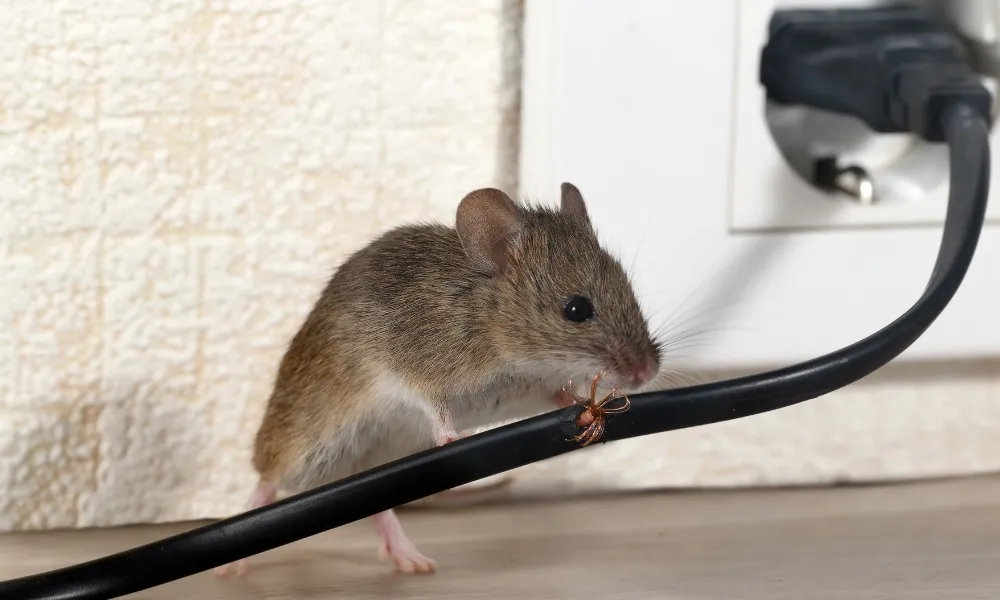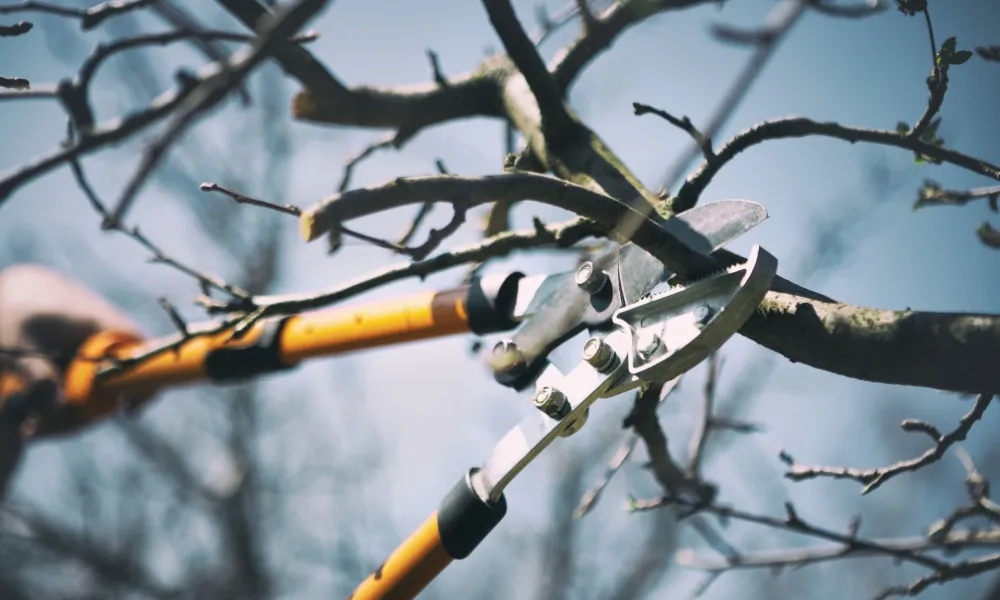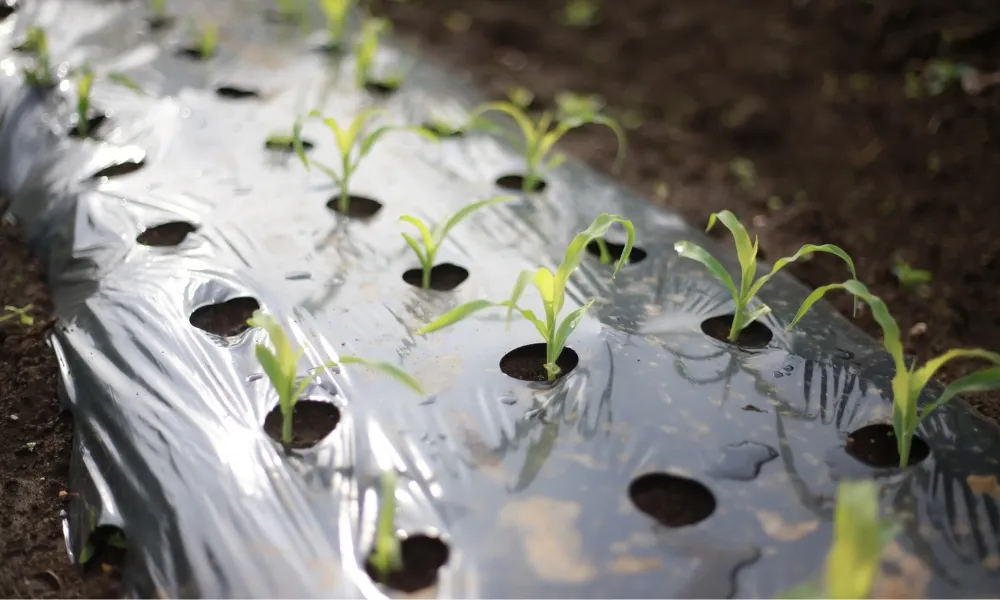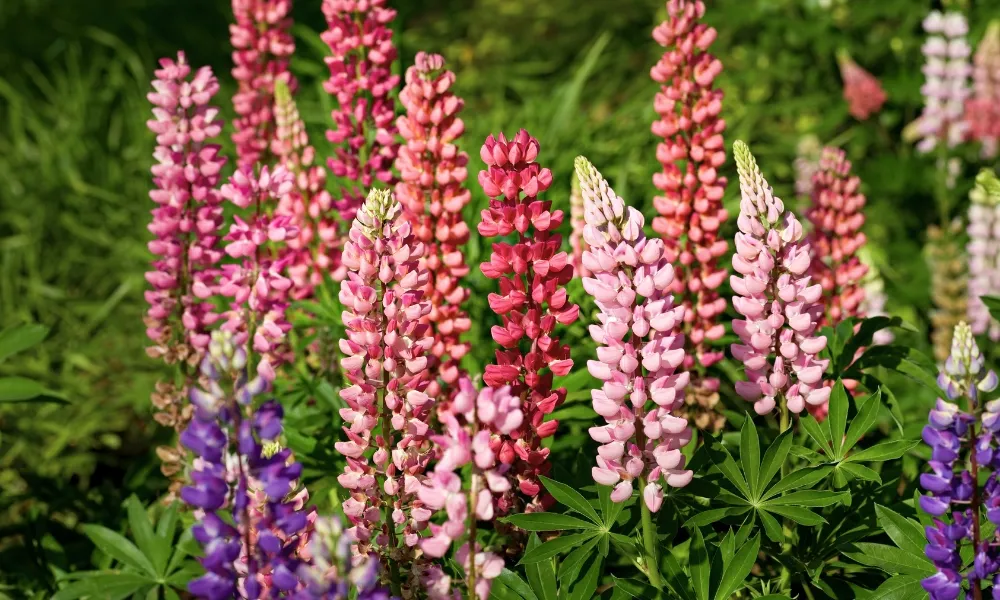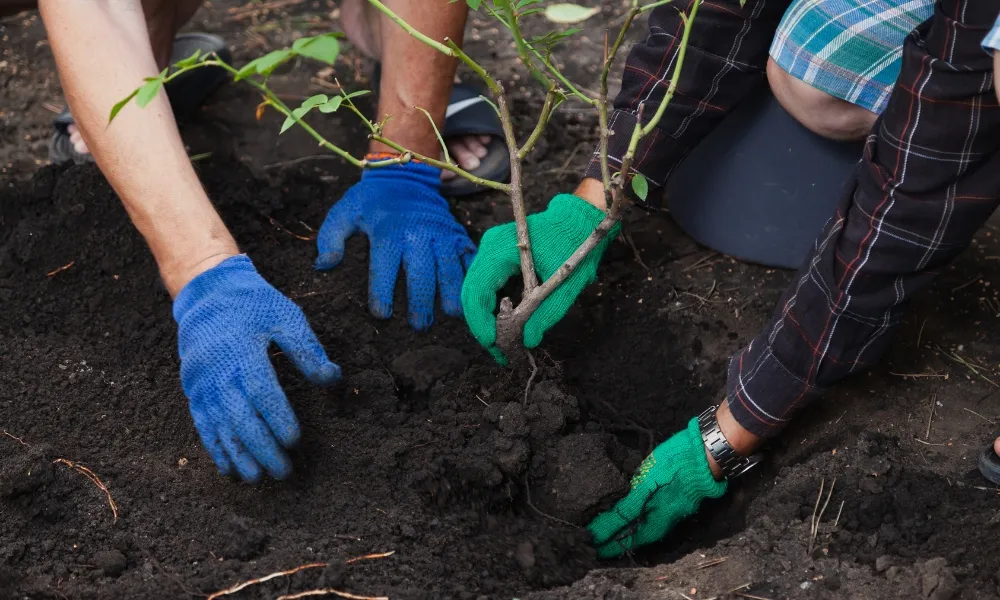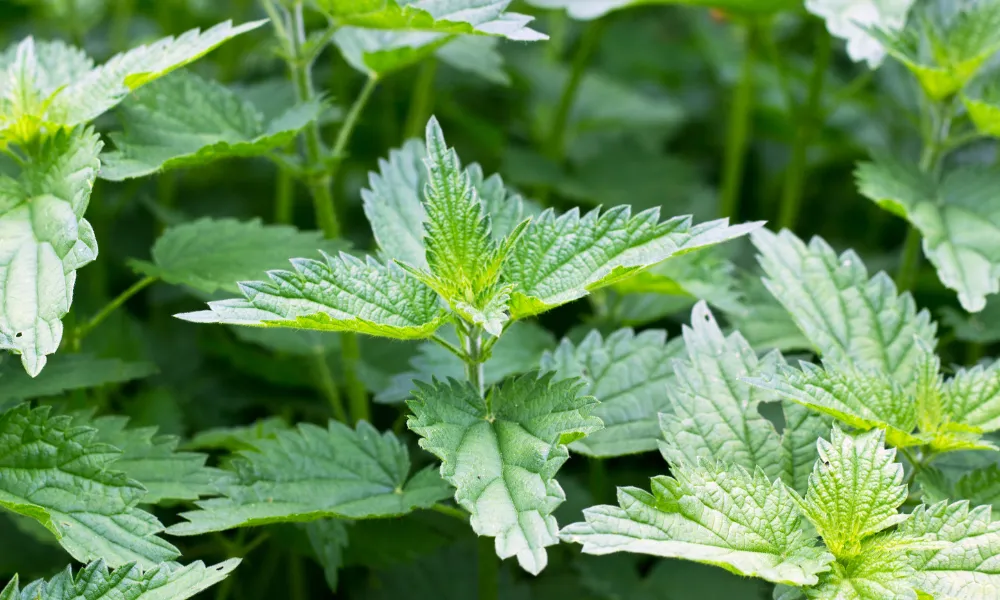
No doubt a weed that all of us are familiar with, the Stinging Nettle is a very common sight here in Ireland.
With its jagged leaf, tall spears and crawling habits it can be a nightmare for gardeners and farmers alike. Here is just a little about this nuisance plant and also some surprising benefits that you may not have known about;
Firstly the sting;
The sting of the nettle is made up of hundreds of small silica tubes that when touched or brushed against break off into sharp shards that pierce the skin releasing formic acid and histamine into the wound. This is what causes the sharp pain and swelling after a sting. Formic acid is also what is in an ants bite so the pain is not dissimilar.
Some people recommend grabbing a nettle firmly to avoid the sting which does often work as by doing this you are flattening the 'tubes' so that they don't break into the shards, hence the saying 'grasp the nettle' when talking about a problem that needs to be quickly faced.
There is an old wives tale that a Dock leaf when crushed and rubbed on the sting helps and true enough the juice of the Dock does in fact neutralise some of the Formic acids potency.
Insect Heaven;
The Stinging Nettle is a haven for insects. Its sting keeps most grazing animals away, (apart from goats but then nothing puts a goat off, in fact a goat is said to produce more milk if feasting on the Nettle), and also keeps pesky humans away. The Tortoiseshell, Red Admiral and Peacock butterfly are amongst the Nettles most well known guests as well as Ladybirds and some of the larger species of moth. They are also a go to for some of the seed feeding birds such as Goldfinches so it is worth bearing this in mind when you are thinking of clearing an area of them and maybe leaving a patch for those insects to hide in.
Control.
As much as we can, we try to allow for biodiversity but there does come a time when we have to curb the enthusiasm of a particular plant to stop it from taking over and smothering everything else in its path. Nettles are incredibly good at propagating themselves via rhizomes and seed. They will creep horizontally over and under the ground rooting as they go and they produce a huge amount of seed in late summer.
If you do have an unruly amount of them, now is the time to do something before that seed spreads. Some of the methods are as follows;
Cut Back- this is the best method to protect the wildlife around and will not completely get rid of them. By using a strimmer or a long handled shears you can repeatedly cut them back and so weaken any new growth whilst not completely killing the plant. Any off cuts can be composted (Nettles have very high nitrogen levels) being mindful to keep any roots out of it lest you want them popping up wherever you compost!
Dig- You can dig out the entire plant but be careful to dispose of it far away from any area you don't want them as they will keep growing.
Chemical- This is when you have either a very bad problem or absolutely have to get rid of them. Roundup Biactive (Garden Sizes) will kill them, it is a contact weed killer so works via the leaf of the plant. Keep in mind it will also kill any other plant it comes in contact with so use carefully if spraying beside your prize roses!
So in conclusion , Nettles, as much as we may get childhood sting flashbacks, are an integral part of our Irish ecosystem and should be left alone when at all possible for the sake of our insect and feathered friends :)



